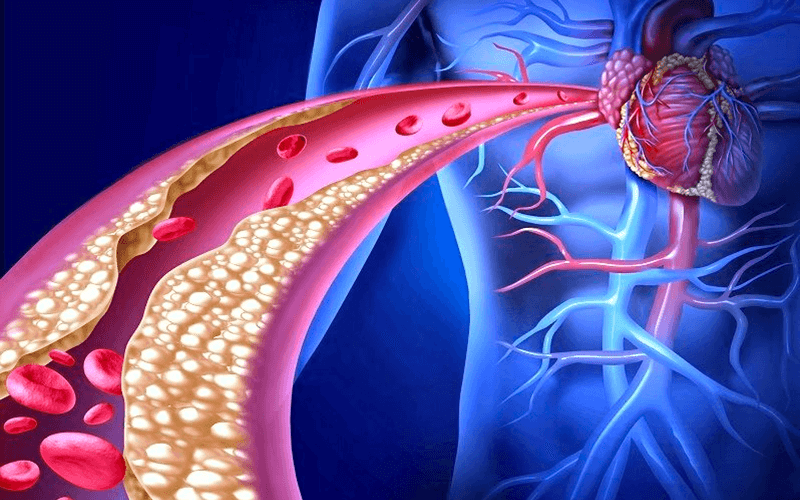These pathological conditions, dyslipidemias, are characterized either by increased plasma cholesterol, triglycerides, sometimes both, or by a low level of HDL cholesterol that contributes to the development of atherosclerosis.
Causes can be primitive (genetic) or secondary. The diagnosis is made by measuring the plasma levels of total cholesterol, triglycerides and individual lipoproteins.
Specifically, primary hypercholesterolaemia is a form of dyslipidaemia characterized by increases in the level of LDL cholesterol in the blood. It is a genetic phatology and is determined by an insufficient activity of the LDL receptor, due to an alteration of the gene coding for this protein. As a result, LDL blood levels increase proportionally to the reduction in receptor activity, ranging from 50 to 90-95%.
The treatment provides a precise control of diet, exercise, lipid-lowering drugs and application of apheresis sessions, with the aim of removing excess LDL from the circulation.
